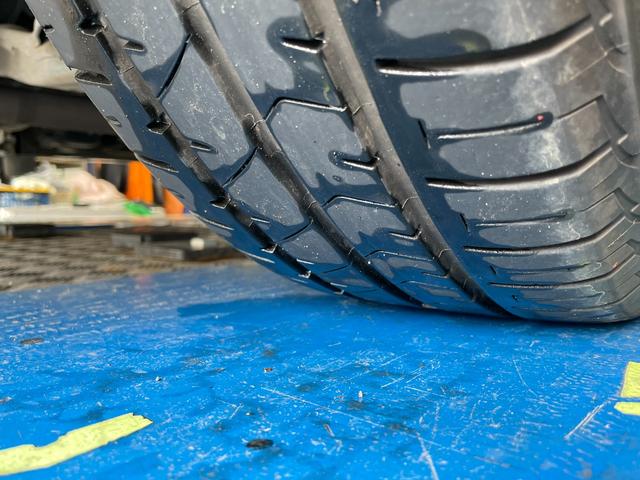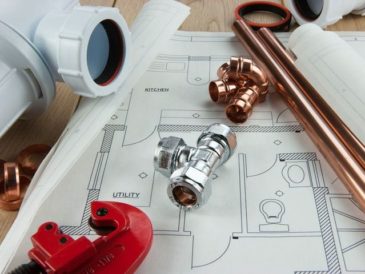A puncture happens faster than you might think. Nothing is more unpleasant than a flat tire when you’re on your way to work. Since the fifties, however, great technical progress has been made. Today, new technologies like run-flat prevent tyres from bursting like balloons. The standard tires today are also characterized by a higher load capacity.
Here you will find information from Hamilton Tow Truck on the following products:
- The different types of punctures: due to foreign bodies or incorrect tyre pressure.
- The correct behaviour in the event of a puncture.
- Spare wheel or tyre repair spray?
- How can you be sure that the tyre has been well repaired?
- Runflat technology.
- Avoid the possible pitfalls when changing tyres.
- Is it only possible to change the flat tyre?
THE DIFFERENT TYPES OF PUNCTURES
Foreign body : If the foreign body is stuck in the tyre, it leads to a more or less rapid loss of pressure. The foreign objects can be stones, screws, nails.
Incorrect tyre pressure : contrary to all suspicions, the underinflation pressure can be more dangerous than the overinflation pressure. Underinflation can damage the internal structure of the tyre and increase rolling resistance. The risk of a puncture is high and difficult to detect.
THE CORRECT BEHAVIOUR IN THE EVENT OF A PUNCTURE
This is not about changing the wheel, but about having the right behaviour to guarantee your safety.
When the tyre bursts, you often have the reflex to brake abruptly. But you should never react in this way. If you notice changes in driving noise or an unusual pull to the left or right, it is advisable to let the car roll out and even accelerate a little. This allows you to keep control of the vehicle.
If you continue driving with a flat Sachez, it will be almost impossible to repair this tyre.
SPARE WHEEL OR TYRE-REPAIR SPRAY?
THE TYRE REPAIR SPRAY
If the damage is not so bad, it is possible to repair a tubeless tyre with a repair spray. The repair spray. By placing the spray can on the valve, the sealant is distributed and the holes are closed.
After you have removed the foreign body, you can attach the spray can to the air seal of the tire and press on it. You should then continue driving at moderate speed.
THE SPARE WHEEL
If you could not repair the defective tyre, you can use the spare wheel. The air pressure of the spare wheel should be checked regularly.

To change the tyre, park the car as far to the right as possible. Then apply the handbrake and engage first gear.
Second stage: loosen the wheel nuts slightly and lift the car with the jack. Unscrew the wheel nuts completely, remove the defective tyre and fit the spare wheel. Last stage: hand-tighten the wheel nuts, lower the vehicle and tighten the wheel nuts crosswise.
The spare wheel is a special wheel. The speed cannot exceed 80 km/h. The spare wheel cannot replace the defective tyre in the long term.
HOW CAN YOU BE SURE THAT THE TYRE HAS BEEN WELL REPAIRED?
If you do not have a puncture kit for tubeless tyres, it is recommended to have the defective tyre repaired in a workshop.
Please note that the prices for tyre repairs may be exaggerated in some garages.
This is how the tyre should be after a proper repair:
- The damage should be under control
- The tyre should be tight again
- The hole should be closed
In order to check the level of damage, it is important to disassemble the tyre and check the inner and outer structure. The internal damage can be difficult to detect if the internal structure is not checked.
A tyre sealant may not be enough if, for example, the hole is too large to prevent the air from escaping. In this case, the penetration of moisture cannot be prevented.
For a proper repair, the inner membrane must be cleaned. All impurities should be removed. A special lotion must also be applied. In order to optimize the driving performance, the rubber compound requires special care.
CAN ONLY THE FLAT TYRE BE CHANGED?
The tyres mounted on the same axle must have the same level of wear. Often you are forced to change 2 tyres.
If you have a four-wheel drive vehicle, it is recommended to change the 4 tyres. Changing one tyre could have a negative effect on driving stability. This can cause severe damage to the vehicle. Only if the other three tyres are new can you change only one tyre.





